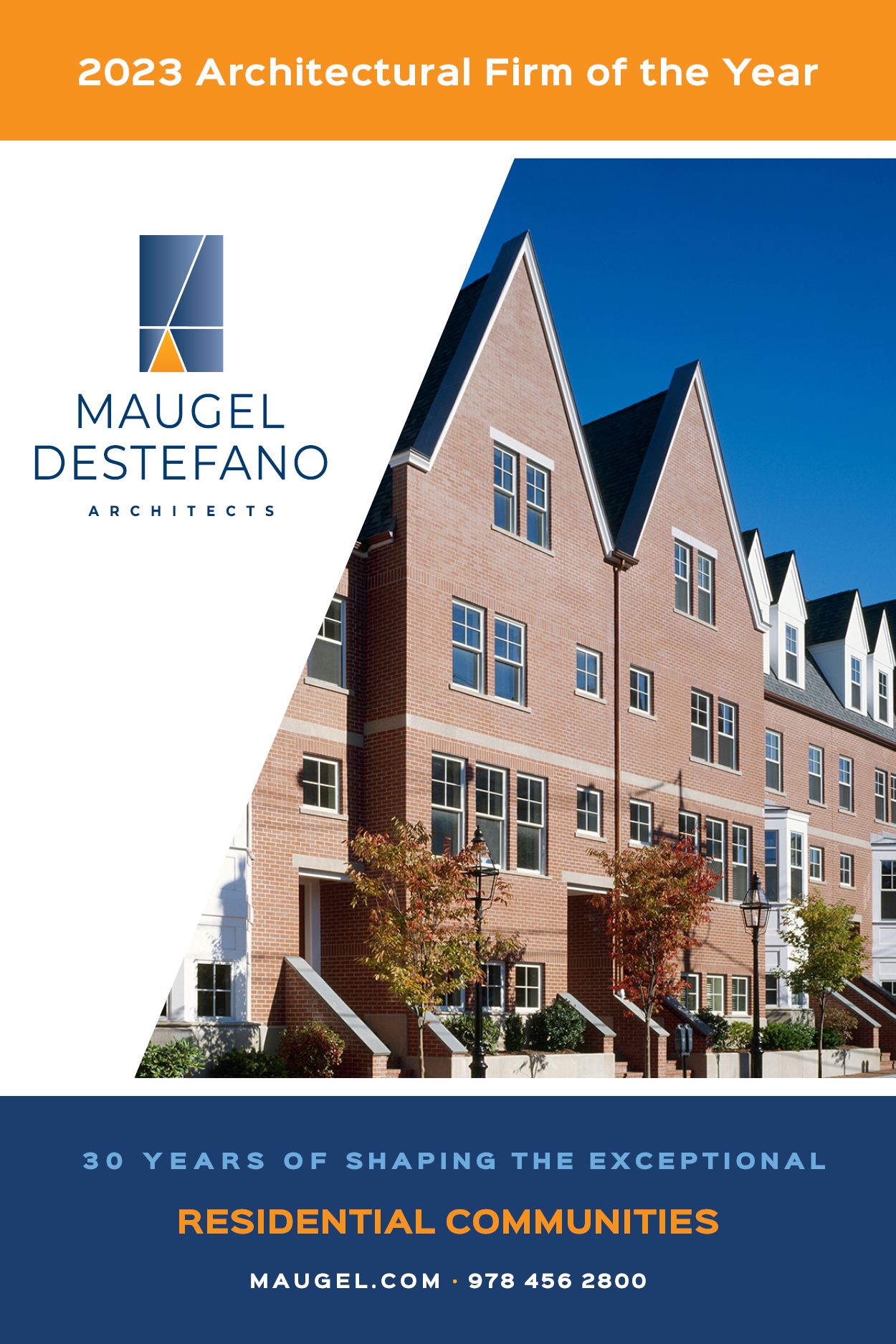(Editor’s note: This is the third of a series of articles on design trends by leading experts from Boston’s largest architectural firms. This article focuses on the changing landscape of Master Planning by Martin Zogran, Principal Urban Designer at Sasaki, one of the largest architectural firms in Boston.)
BRET: How has Master Planning changed in recent years?
Martin Zogran: At Sasaki, the seemingly straight-forward task of master planning has evolved significantly in recent years. It has changed from a client- or planner-led process (which resulted in a beautifully rendered and immutable final plan) into a much more dynamic set of processes and principles, created together with clients and communities, resulting in flexible frameworks that guide–rather than determine–development and change. These collaboratively-created plans more effectively endure highly volatile market forces, reflect dynamic viewpoints of impact and value, and contain more nuanced conceptions of social impacts.
Even as these recent framework plans reflect the input of many voices, they still possess conviction and clear directives. The most successful master planning efforts that Sasaki has undertaken in the past years have presented bold and clear visions for growth and development rooted in thoughtful placemaking, social impacts, a robust and resilient public realm, and the ability to change over time. To achieve these outcomes, our planning efforts convene communities, institutions, and public and private entities in complex dialogues about the future and each of their roles in ensuring promised outcomes.
BRET: What about placemaking?
Martin Zogran: Placemaking remains central to each and every master planning effort we undertake; we believe in the power of place to provide identity, social awareness, and ecological stewardship. Each place and each community demands an earnest effort at preserving what’s best while boldly advancing forwarding new and creative ideas.
BRET: How important is social impact?
Martin Zogran: An understanding of the full array of social impacts must remain central to our planning efforts going forward; we increasingly start with this understanding, and position community voices as central to our work.
BRET: How has pandemic affected Master Planning?
Martin Zogran: The pandemic has reaffirmed our commitment to a strong and resilient public realm. In our increasingly urbanized world, we strive to create master plans that create resonance between humans and the natural world; this is both critical to our own well-being as well as our planet’s.





















